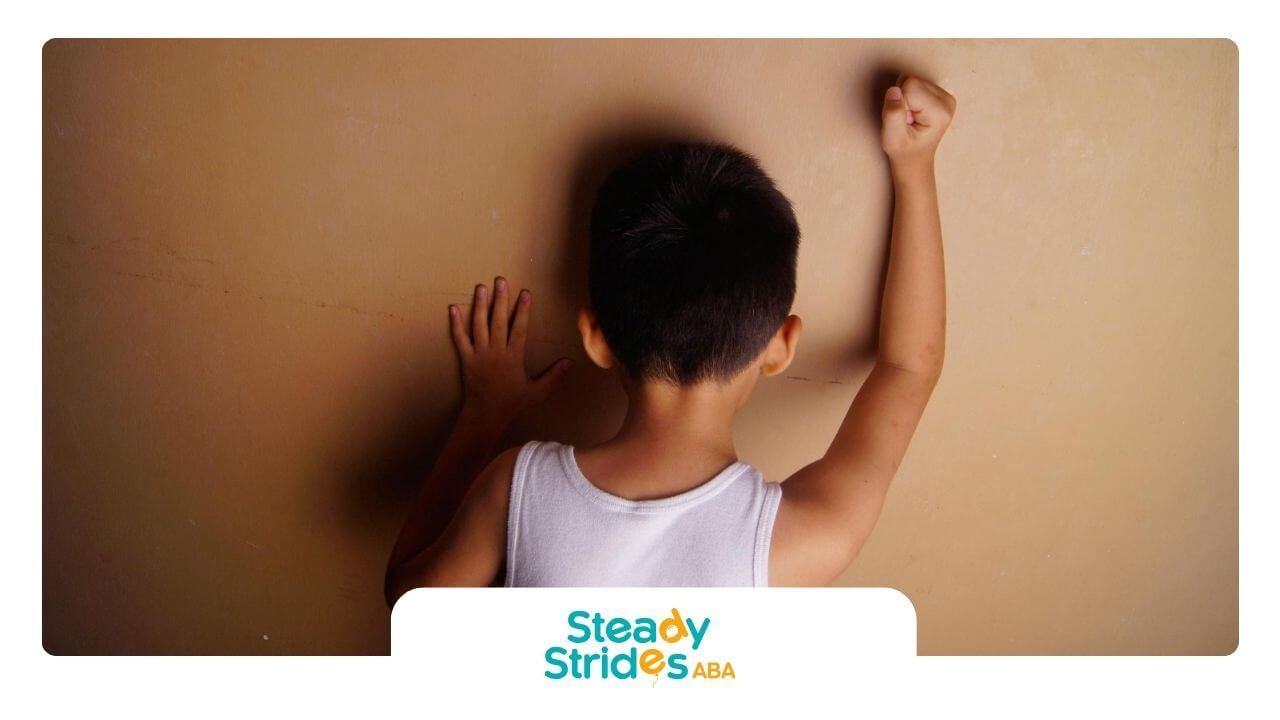For children, play is often the best teacher. ABA therapy takes this natural learning process and gives it structure, helping children develop critical communication and social skills through play-based experiences.
Therapists design sessions that combine fun and focus — where every laugh, turn, or shared toy helps strengthen understanding and confidence. This approach transforms learning into something that feels exciting and empowering.
Why Play is Important in ABA Therapy
Play helps children understand the world, form relationships, and practice independence. In ABA therapy, play is used to teach essential developmental skills like communication, cooperation, problem-solving, and emotional expression.
During play-based ABA sessions, therapists focus on each child’s interests to create fun and meaningful learning moments. A simple activity like stacking blocks or drawing can turn into opportunities to practice taking turns, using language, or sharing attention. When play feels enjoyable, learning happens more naturally.
How to Encourage Play Through ABA Strategies
ABA therapists use a variety of methods to help children explore and interact in ways that build both skill and confidence. Each strategy is personalized to meet a child’s individual needs and pace.
Follow the Child’s Lead
When therapy begins with what a child enjoys, participation and engagement increase. A therapist might notice that a child enjoys toy cars and join in, rolling cars together or creating a short “race.” This type of shared play supports social awareness and strengthens the connection between the therapist and the child.
By allowing the child to guide the activity, the therapist helps them feel seen and understood, creating a positive environment where communication and creativity thrive.
Use Positive Reinforcement
Positive reinforcement is one of the most effective tools in ABA therapy. When a child engages in a positive behavior during play — such as sharing a toy, asking for help, or waiting for a turn — they receive praise, a favorite toy, or another meaningful reward.
This feedback encourages children to repeat those actions in the future. Over time, children begin to find motivation within the play itself, leading to more spontaneous and enjoyable interactions.
Model and Imitate to Teach New Skills
Children often learn new behaviors by observing others. ABA therapists demonstrate how to play in ways that invite imitation. For example, the therapist might pretend to feed a doll, push a toy car, or act out a simple story.
When the child imitates the therapist’s actions, they’re not only learning play behaviors but also building early communication and social skills. Modeling also shows children that interacting with others can be fun and rewarding.
Break Down Complex Skills
Some play activities involve multiple steps that can be challenging at first. ABA therapists make learning easier by breaking down complex actions into smaller parts.
For example, teaching a child to play a board game might start with learning to roll the dice, then move a piece, then wait for a turn. Each small success builds confidence and helps the child stay motivated. Gradually, the child learns to complete the whole activity on their own.
Create Opportunities for Exploration
Playtime is also a chance for children to explore, make choices, and discover new interests. ABA therapists design activities that encourage curiosity — sensory bins, building sets, puzzles, or outdoor games. These experiences help children develop problem-solving, attention, and creativity.
The therapist provides gentle guidance and prompts when needed, but the child’s natural exploration leads the way. Over time, this approach encourages independence and flexibility.
Make Learning Feel Natural
Learning happens best when it feels natural and connected to everyday life. ABA therapists often use Natural Environment Teaching (NET) to help children practice new skills in familiar settings — during snack time, playtime, or while at the park.
For instance, asking for a snack becomes a communication opportunity. A trip to the playground becomes a chance to work on motor coordination and social skills. By integrating learning into real-life experiences, children begin to use what they learn in therapy across different environments.
Supporting Parents in the Process
Parents play a key role in their child’s progress. Through ABA parent training, families learn practical strategies to encourage play, communication, and positive behaviors at home.
Therapists show parents how to use simple reinforcement techniques, respond to challenges effectively, and turn daily routines into teaching moments. This consistent approach between home and therapy helps children progress more smoothly and confidently.
At Steady Strides ABA, we believe that play and exploration should be joyful parts of every child’s learning journey. Our team of Board Certified Behavior Analysts (BCBAs) and experienced therapists use compassionate, individualized care to help children build lasting skills through meaningful play.
We offer several types of ABA therapy to fit your family’s needs:
- Home-based autism care for one-on-one support in your child’s familiar environment
- School-based ABA to promote success in educational and social settings
- Center-based ABA for structured learning and peer interaction opportunities
Families can also begin with an autism assessment to identify their child’s unique strengths and needs.
Steady Strides ABA proudly supports families across Texas and New Mexico.
Ready to help your child grow through play and exploration?
Contact Steady Strides ABA today to schedule a consultation and take the next step toward meaningful progress.
FAQs
What is play-based ABA therapy?
Play-based ABA therapy uses fun, engaging activities to teach communication, social, and learning skills. The focus is on helping children develop naturally through interaction and exploration.
Can ABA therapy help my child learn to play with others?
Yes. ABA strategies teach cooperation, turn-taking, and social awareness, helping children feel more comfortable and confident during group play.
How can parents use ABA techniques at home?
Parents can build on what their child learns in therapy by playing together, praising positive behaviors, and following the child’s interests. ABA parent training helps families learn how to make every moment an opportunity for growth.













